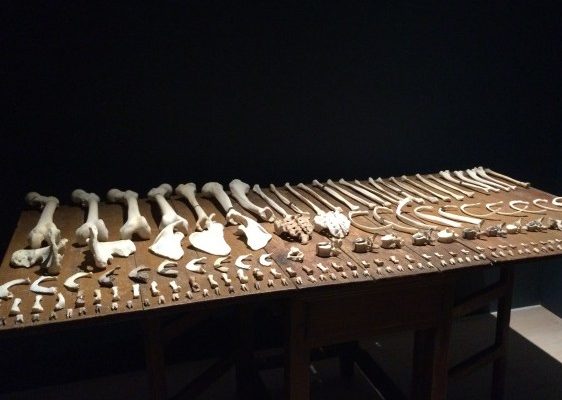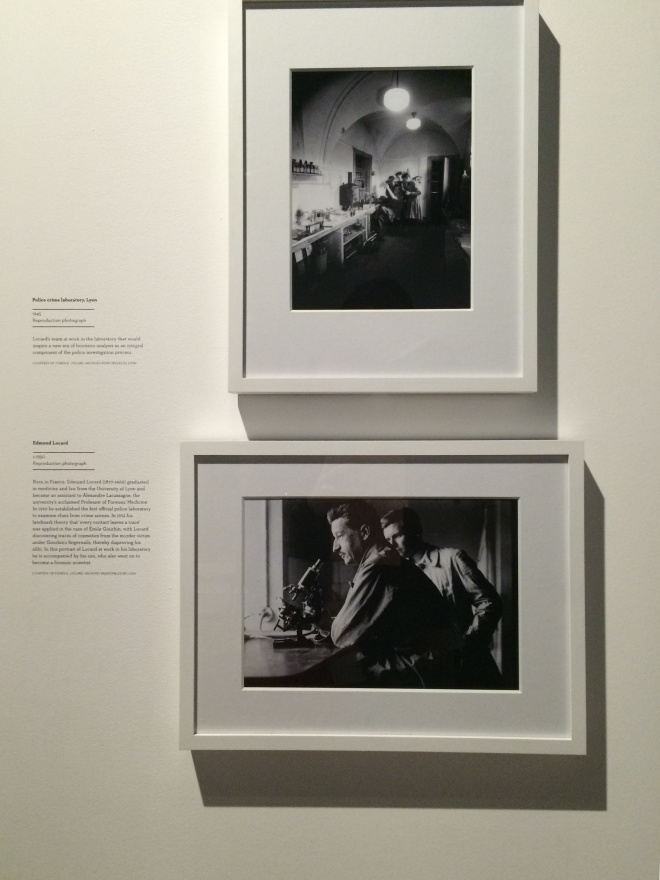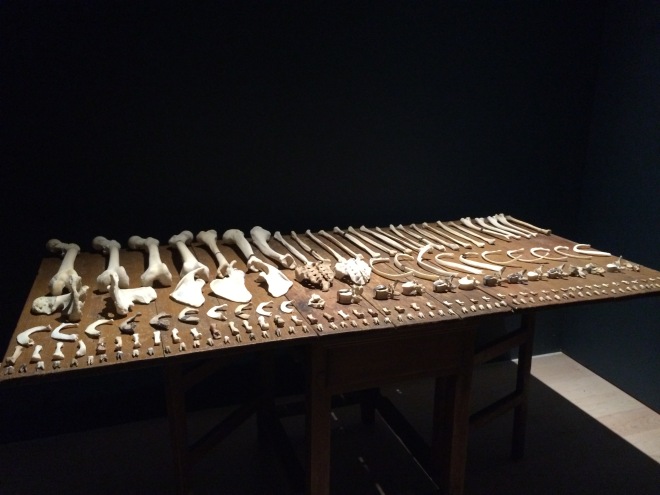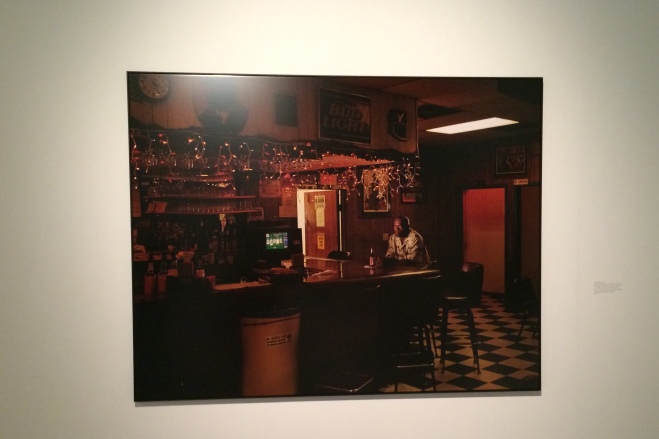What: Forensics:
The Anatomy of Crime
Where:
The Wellcome Collection
(nearest tube stop, Euston)
When:
Now until 21 June 2015
Cost: Free!
‘Forensics: the anatomy of crime’ explores the history, science and art of forensic medicine. It travels from crime scene to courtroom, across centuries and continents, exploring the specialisms of those involved in the delicate processes of collecting, analysing and presenting medical evidence. It draws out the stories of victims, suspects and investigators of violent crimes, and our enduring cultural fascination with death and detection.
After spending our Saturday afternoon at the Wellcome Collection, we both left feeling underwhelmed, or in Rich’s words “quite unimpressed.” Admittedly, we’re both tough critics since we both have a background in Criminology and I’ve had multiple forensics courses. We might also spend a significant amount of time watching crime based shows, which honestly tells you just as much information.
Not having read anything about the exhibit in advance, I was under the impression that a majority of the exhibition would cover crime scenes, however, I was very wrong. It’s ultimately a multimedia based introduction to forensics and more generally an introduction to criminology. After spending four years studying criminology in depth, I wasn’t particularly impressed with the level of execution in the exhibit.
However, listening to those around me I could tell they were happy and interested in what seemed obvious to me. So if you don’t know who the founder of forensics is or how they used to catalogue the measurements of a suspects face before mug shots were introduced, then go for it.
But don’t be fooled by the website’s description, it does not “draw out the stories of victims” and only provides a handful of crimes. As for the spanning continents, this section was probably one that upset me the most because in the middle they threw in three pieces on genocide and mass rape from Yugoslavia, Bosnia and Rwanda. Not only was the section out of place but it was presented in a way that makes it appear as an afterthought to a solely US and UK collection.
In the end, this collection fell a little short for what I had built up in my mind and was disappointed when the exit of the gallery housed three photos from the “The Innocences” by Taryn Simon, as I had completed a lengthy project around the subject and it was again just thrown in at the end with minimum explanation to the project. (I highly recommend taking the time to read the stories on Taryn Simon’s website about those who were wrongly convicted in the US.)
If you do decide to see the collection for yourself, I highly recommend not going on a weekend because even after queuing up, it’ll still be packed and hard to see everything. And if you want to get the most of your trip I recommend going into the Reading Room and if you’re committed, queue again for The Institute of Sexology in gallery two.
Read this post and other stories on Staci’s personal blog
- Enjoy a City Escape to Bath - October 10, 2016
- The Must See Sights of London - September 30, 2016
- From Matriculation to Graduation - July 15, 2016



